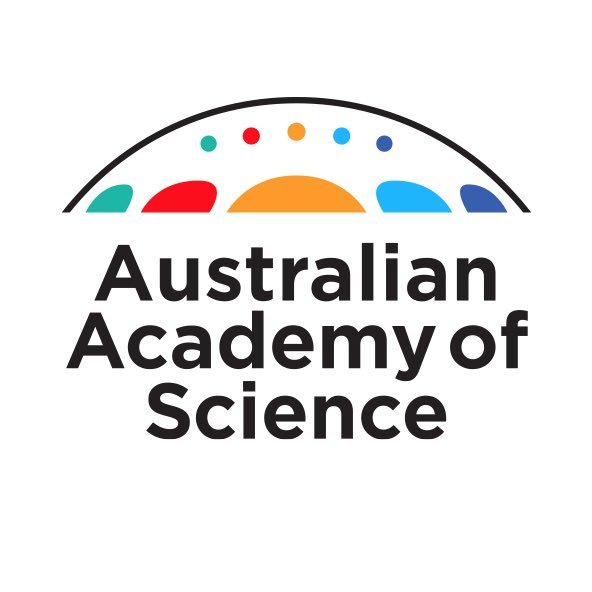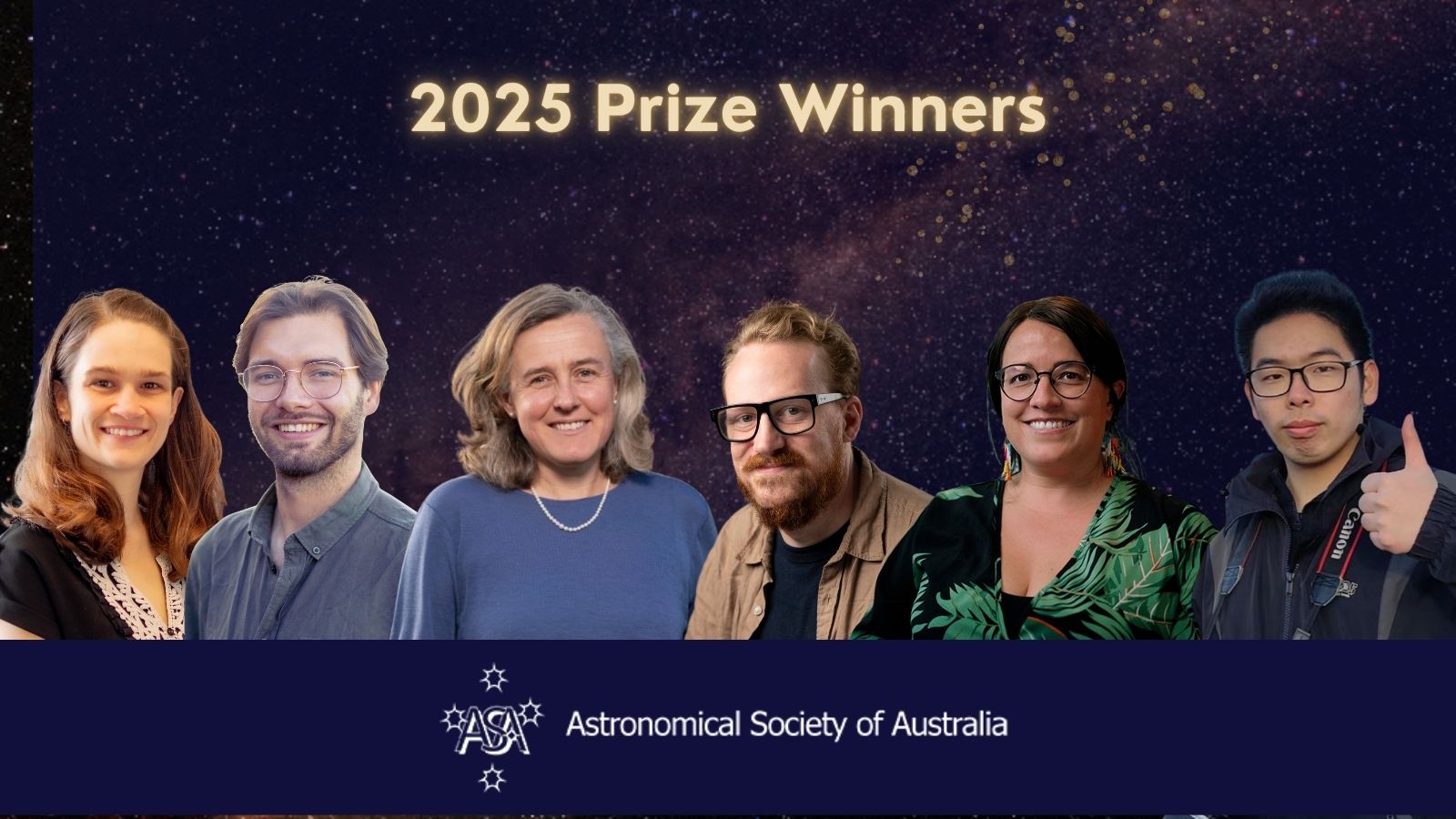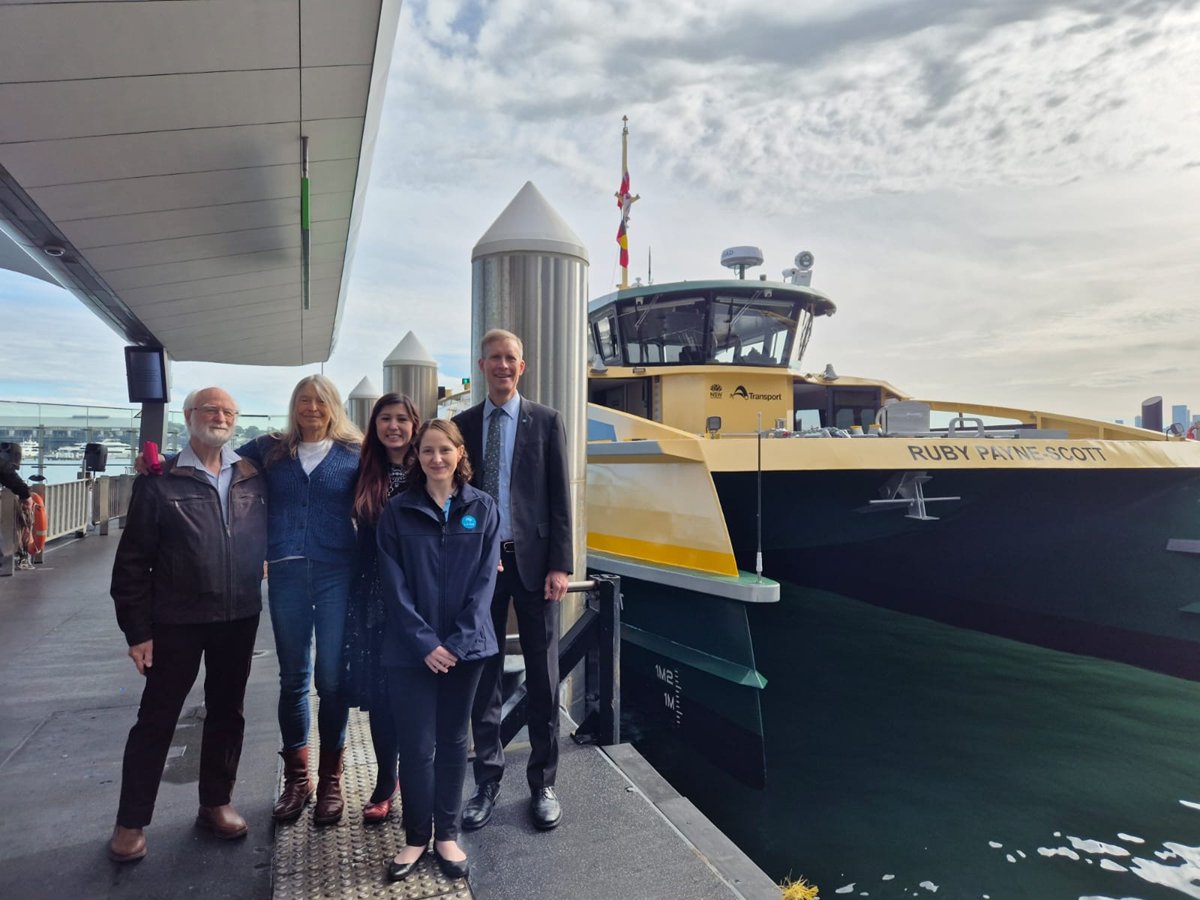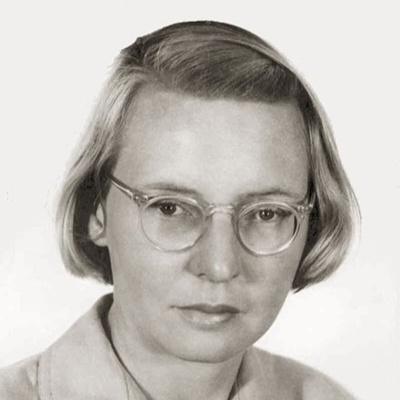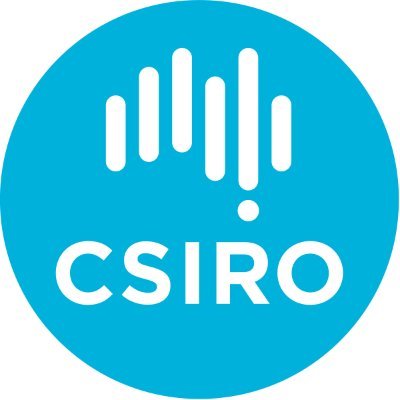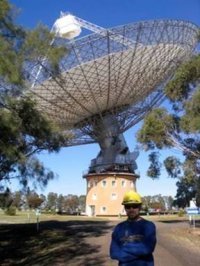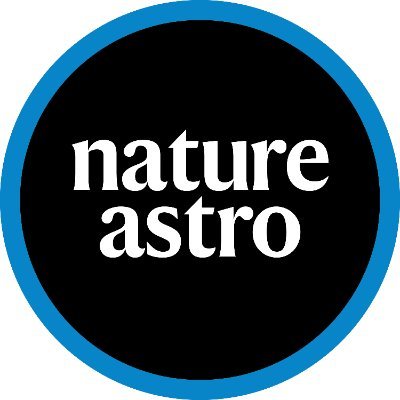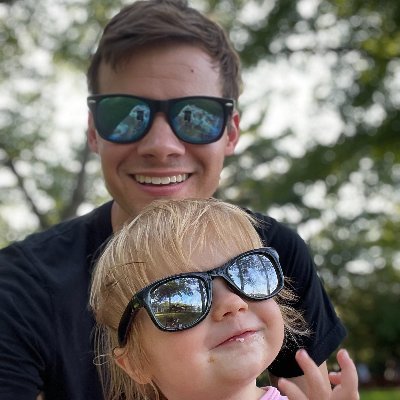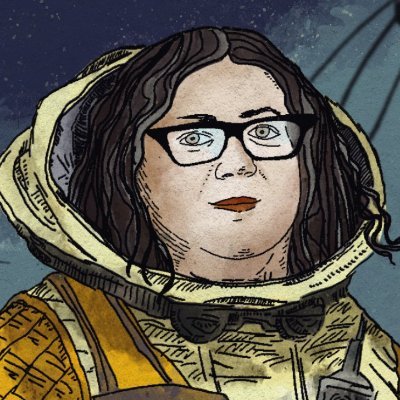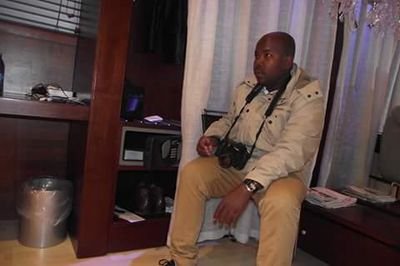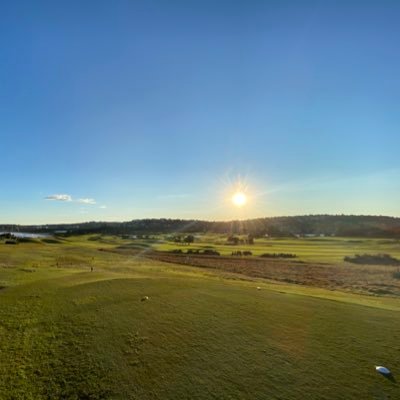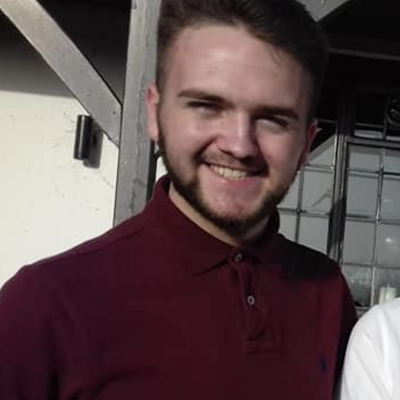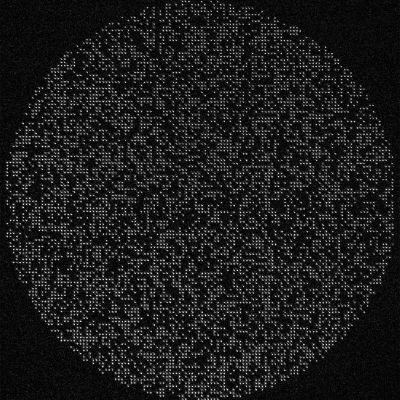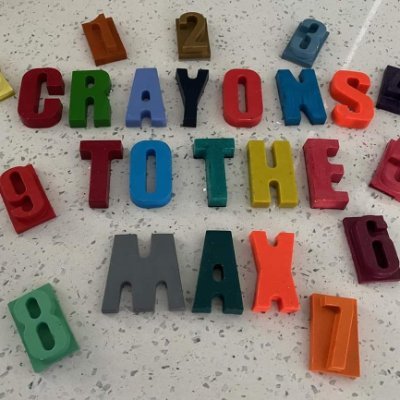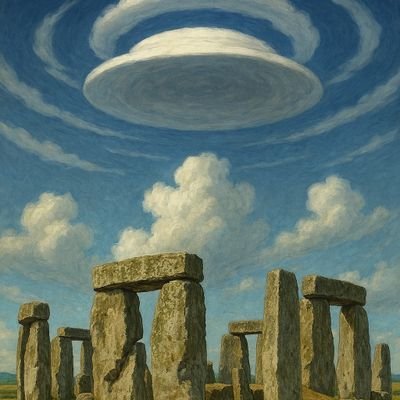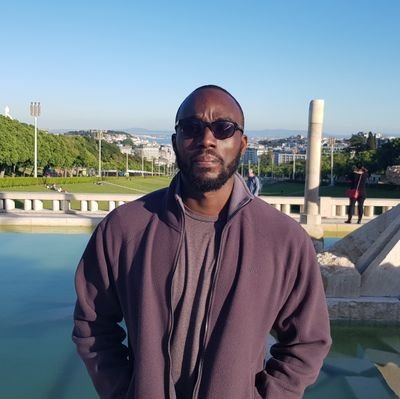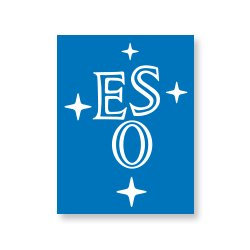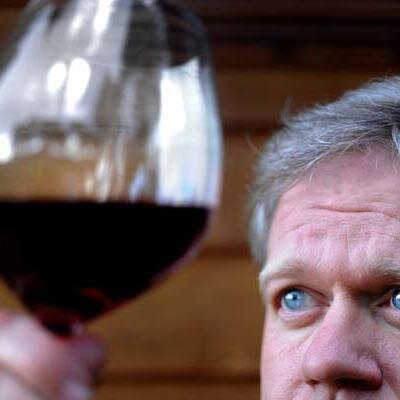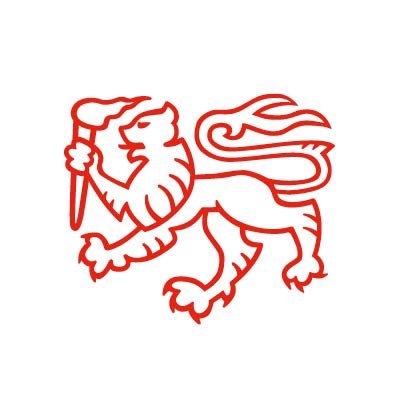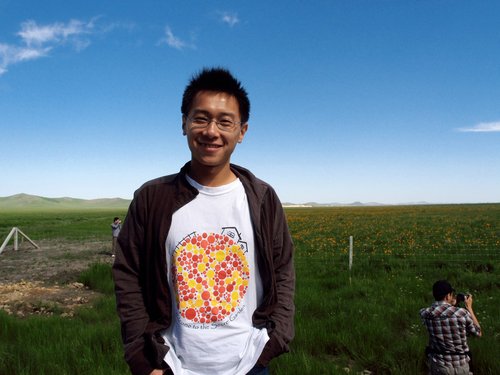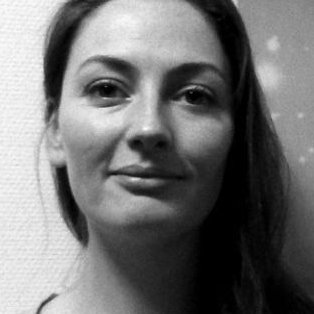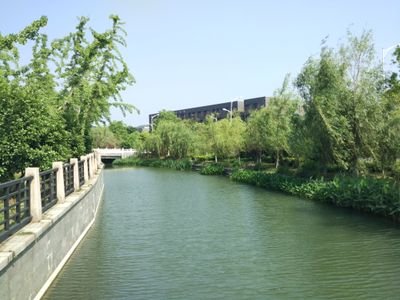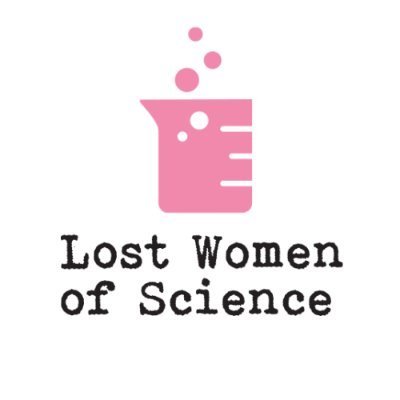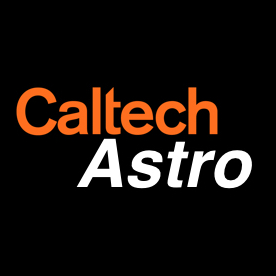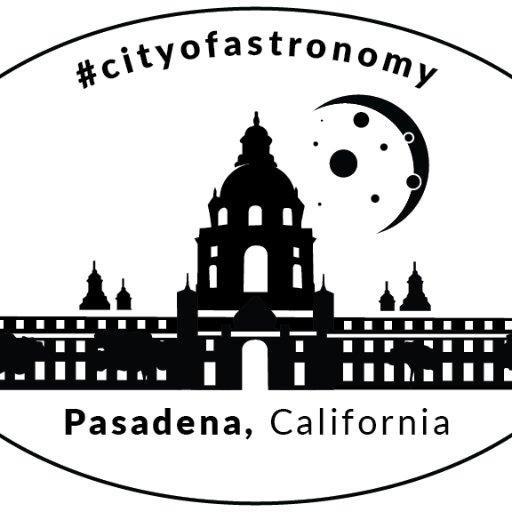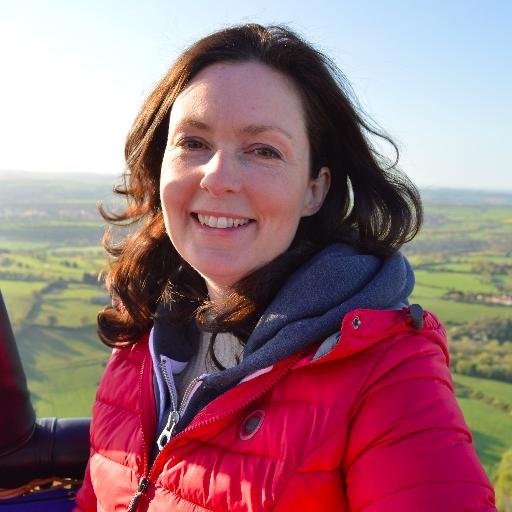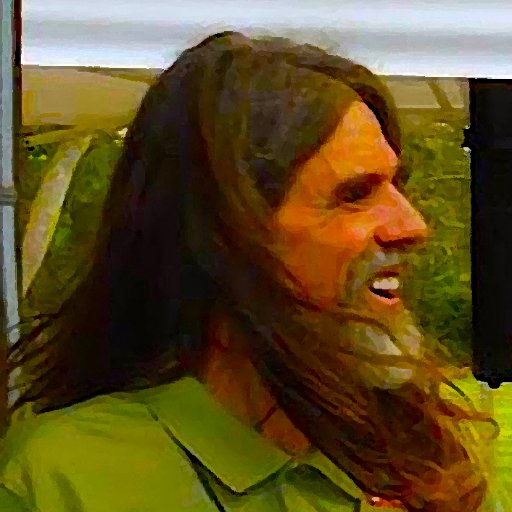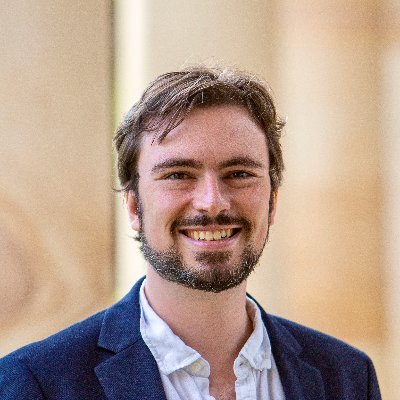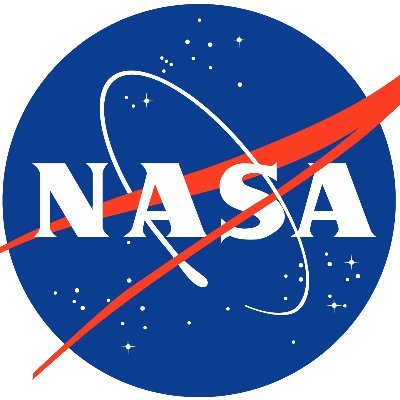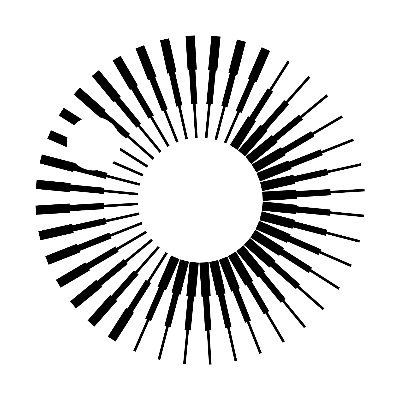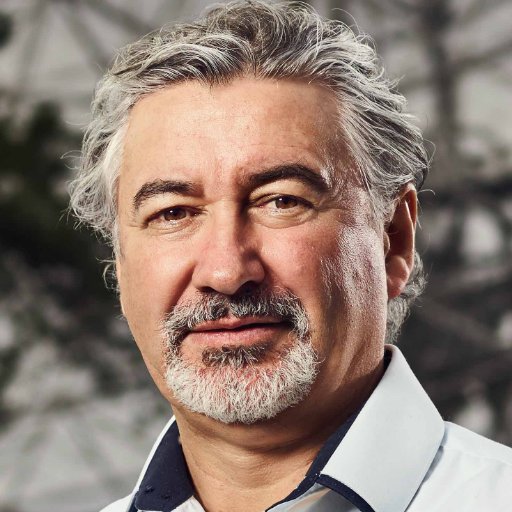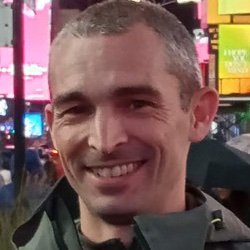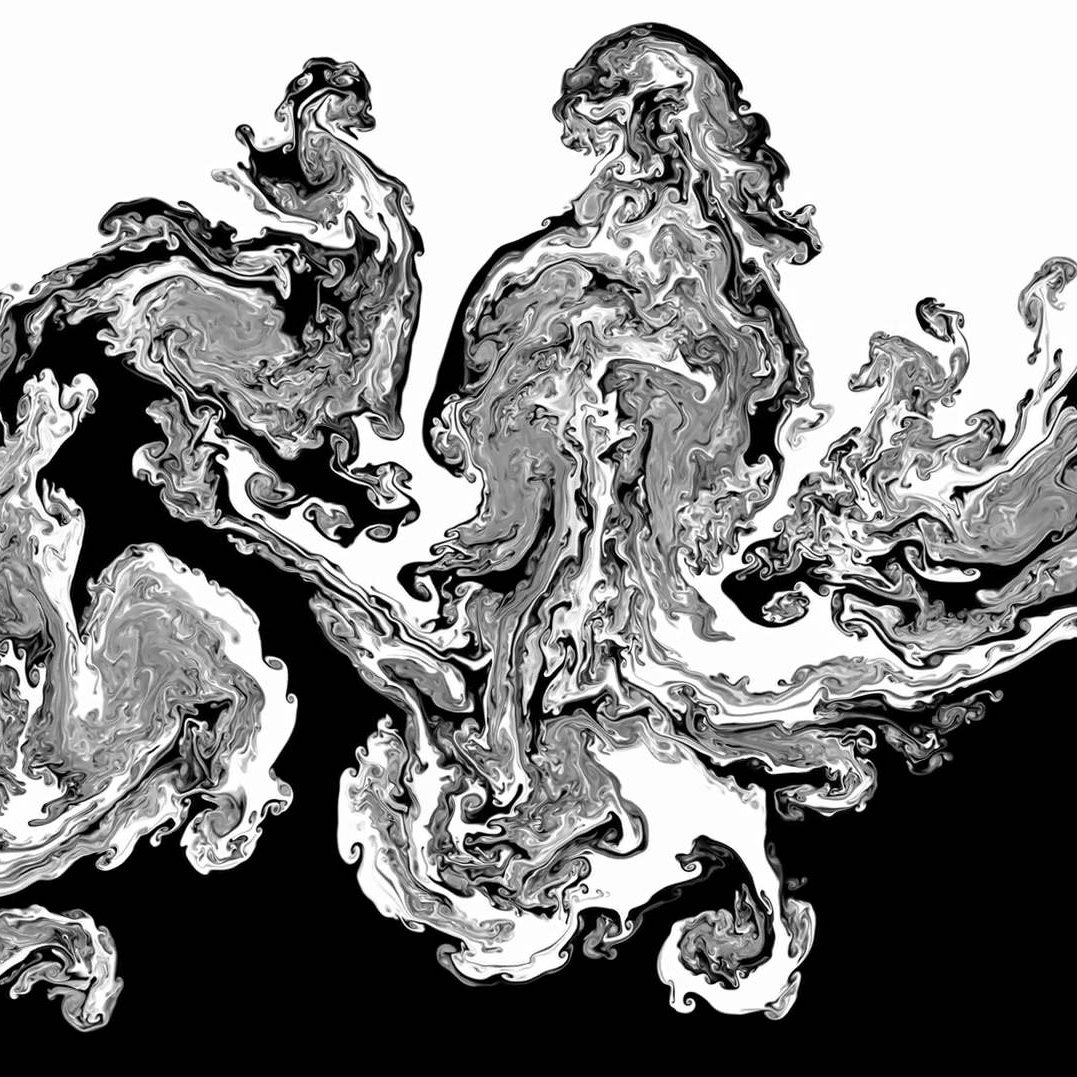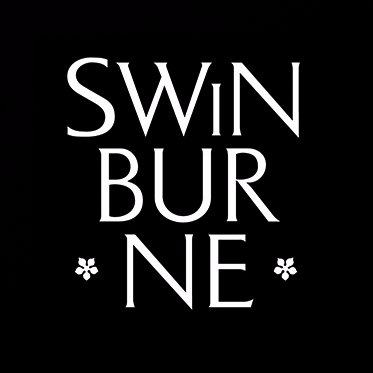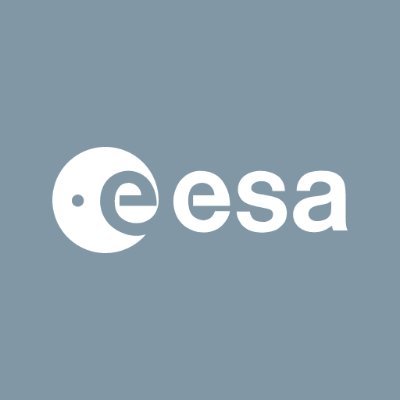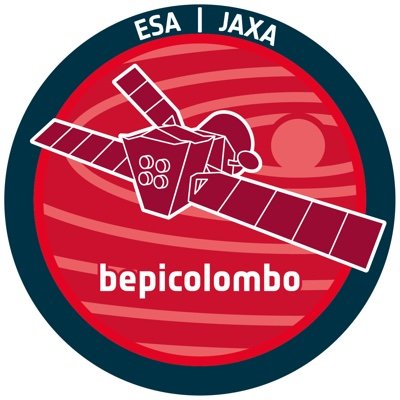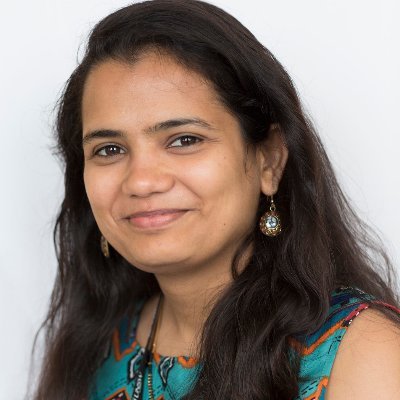
CSIRO_ATNF
@CSIRO_ATNF
Official handle of CSIRO's Australia Telescope National Facility. World-class astronomy research with world-class facilities.
Bạn có thể thích
Thanks to everyone who came to our Australia Telescope Users Committee open meeting today!
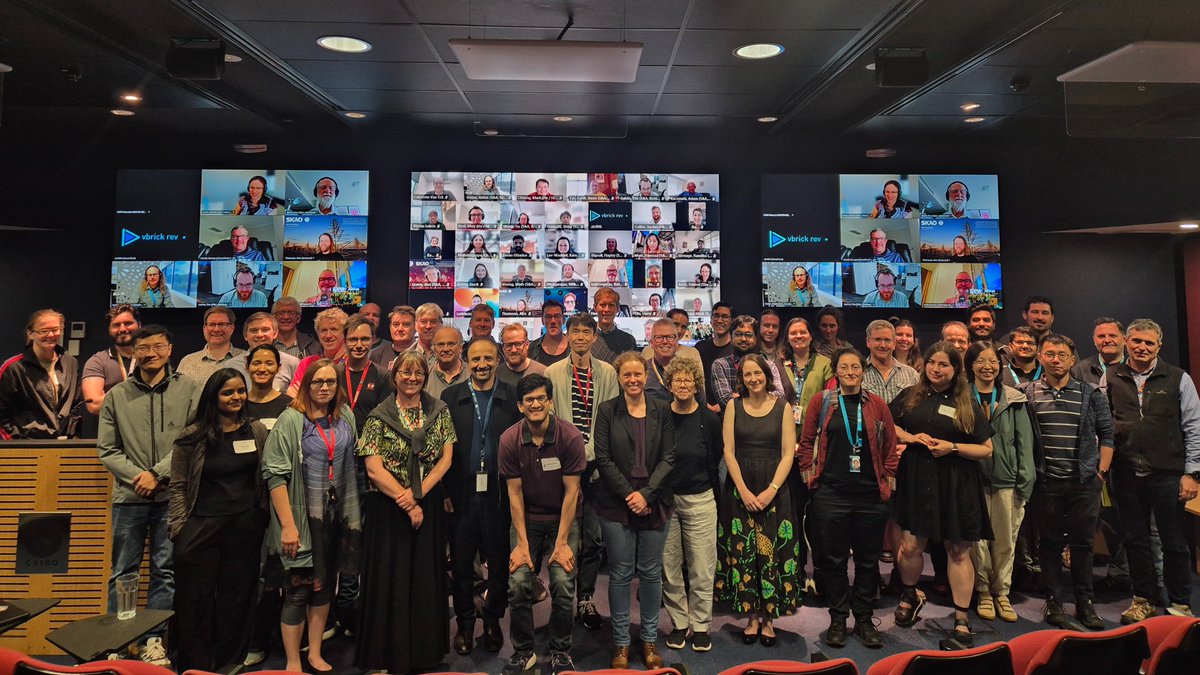
The @URSI_Radio Asia-Pacific radio science conference was held last week in Sydney, with a strong #CSIRO presence. Wonderful to have this event in Australia, with 600 delegates from over 40 countries! Thanks to all involved, who made it a highlight of the radio-science calendar.
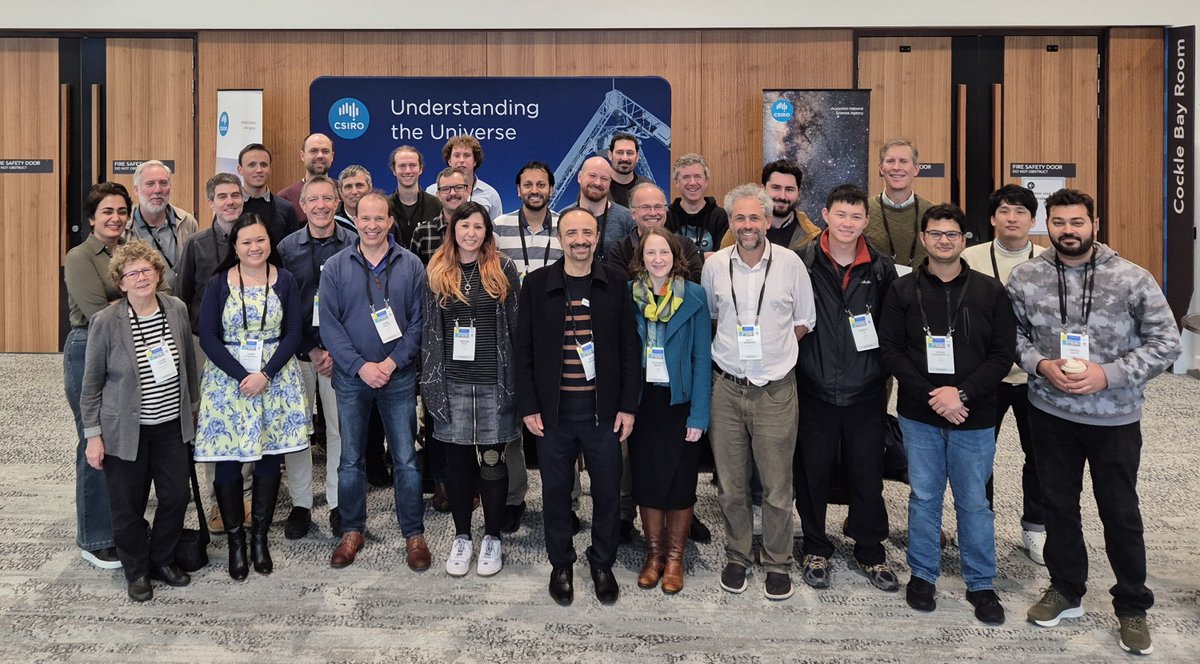
In our vision for Australian astronomy, the nation reaps the rewards from excellence in fundamental science, innovative technology, and industry partnership. Read the plan: science.org.au/astroplan2026 🎨 This artwork, by Noeleen Hamlett, is part of the Cosmic Echoes: Shared Sky…

The @AstroSocAus honours six astronomers at its Annual Scientific Meeting in Adelaide this week, including our Dr Joshua Preston Pritchard - winner of the Emerging Leaders in Astronomy Software Development Prize. Read about all the winners: scienceinpublic.com.au/media-releases…
Our newest newsletter is now out! Get some tips on keeping proposals anonymous, see a snapshot of what it takes to keep Murriyang running for more than 60 years and discover how a new Sydney ferry is connected to our astronomy history. csiro.au/en/Newsletters…
One of the first radio astronomers, Ruby Payne-Scott, was recently recognised with a ferry named in her honour! Read more about Ruby and how she made waves at CSIRO: csiro.au/en/news/All/Ar…
A new Sydney ferry has been named in honour of Ruby Payne-Scott—an Australian pioneer in radio physics and astronomy, and outspoken advocate for women’s rights. At the launch ceremony on Sydney Harbour at Barangaroo Wharf, Professor Nalini Joshi AO FAA (@monsoon0)—a…
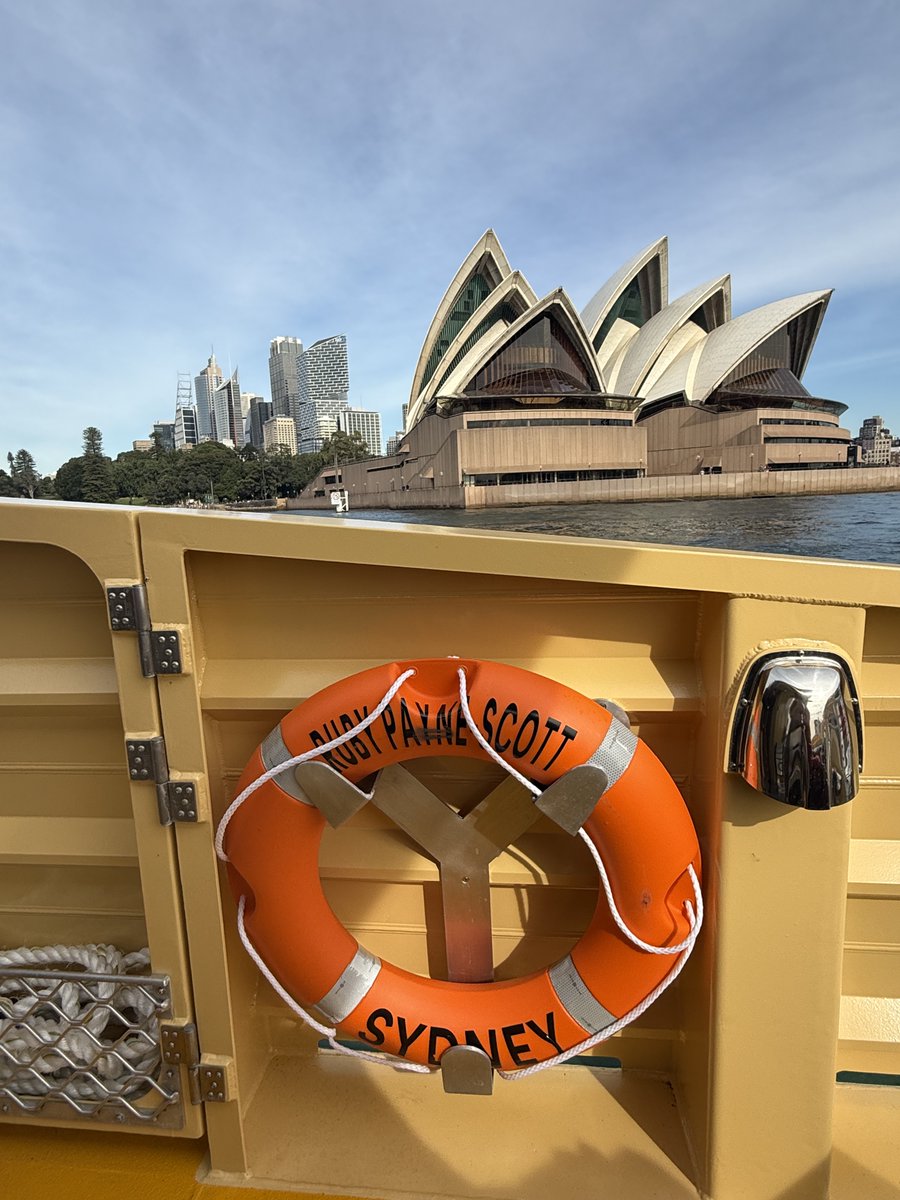
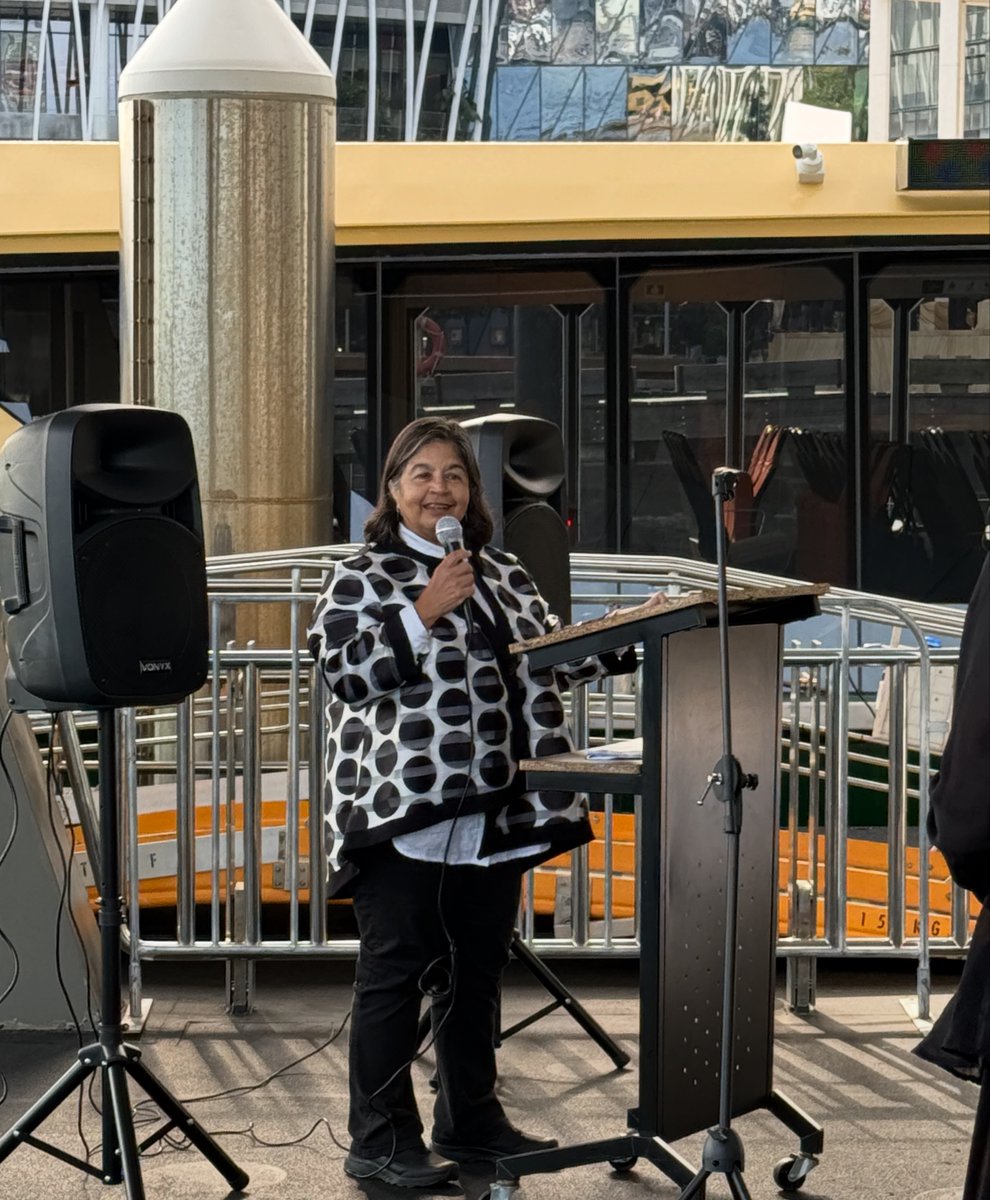

Astronomy's newest mysterious object, the long period radio transient, has been discovered to have a matching X-ray signal for the first time. Read more about our involvement: atnf.csiro.au/news/long-peri…

Congratulations to the team for this amazing discovery!
🗞️ Detected a transient object emitting pulses in both radio waves and X-rays 🔭 This is the first time long-period transients have been detected in X-rays. It was detected with @CSIRO_ATNF's ASKAP radio telescope and NASA's @chandraxray. ➡️shorturl.at/ulslb
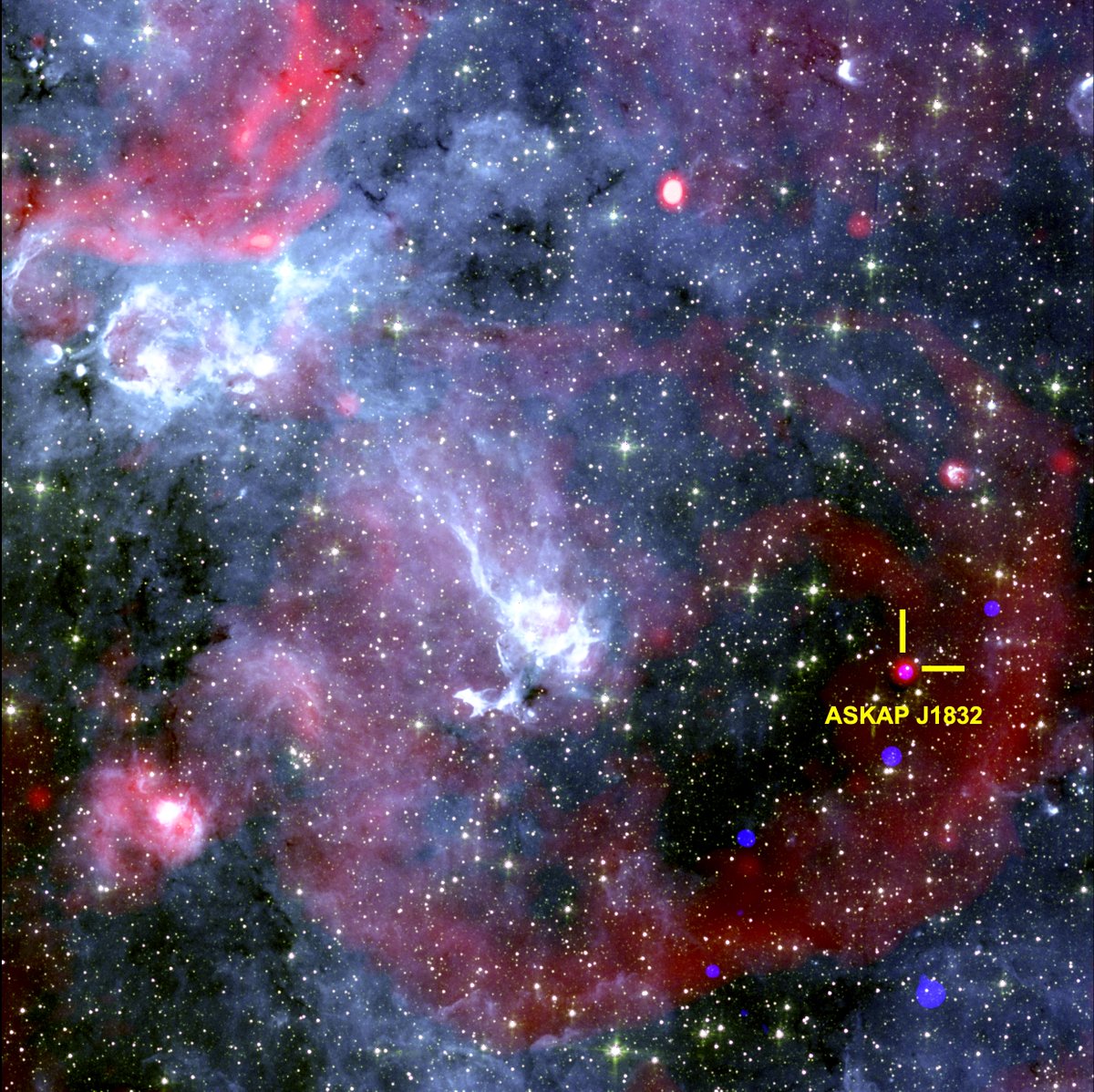
Recent research led by our astronomer @jayender_singh has changed our understanding of the Milky Way's inner structure. This part of the galaxy is notoriously hard to study, but these new insights are redefining the shape of our home galaxy: iopscience.iop.org/article/10.384…
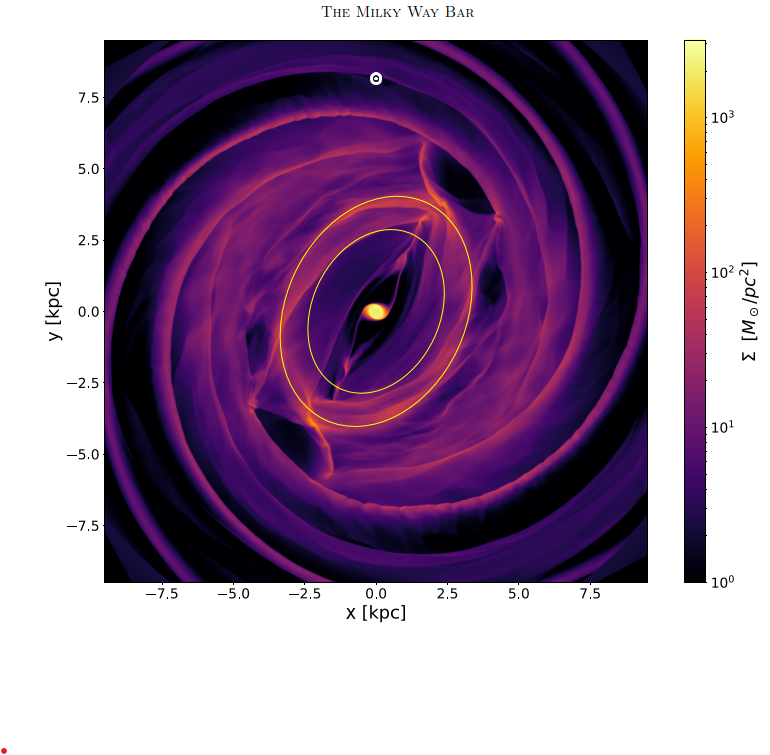
Congratulations to our SKA-Low colleagues!
#SKAnews: Four SKA-Low stations are now working together! 📸🌌 This early working version of the SKA-Low telescope in 🇦🇺 has produced its first image capturing 85 radio galaxies. Read more on this milestone: 🔗 loom.ly/WUXWGOY @IndustryGovAu @VentiaServices @mediainaf

The Infinite Women podcast met with our astronomer Dr Elizabeth Mahony, to discuss and celebrate one of the world's first radio astronomers, Ruby Payne-Scott. Listen in: spotifycreators-web.app.link/e/ZvdEPFYyjRb
United States Xu hướng
- 1. Halo 124K posts
- 2. #WorldSeries 55.2K posts
- 3. PlayStation 58.1K posts
- 4. $BIEBER N/A
- 5. Purdue 4,495 posts
- 6. Xbox 71.7K posts
- 7. Jasper Johnson N/A
- 8. End of 1 13.4K posts
- 9. #HitTheBuds 2,943 posts
- 10. #CashAppPools 1,672 posts
- 11. End 1Q N/A
- 12. End of the 1st 2,535 posts
- 13. #NBAonPrime N/A
- 14. Collin Chandler N/A
- 15. Cole Anthony N/A
- 16. Pharrell 6,640 posts
- 17. North Texas 3,787 posts
- 18. Brandon Garrison N/A
- 19. Go Dodgers 4,187 posts
- 20. Honeycutt N/A
Bạn có thể thích
-
 OzGrav
OzGrav
@ARC_OzGRav -
 SKA Observatory
SKA Observatory
@SKAO -
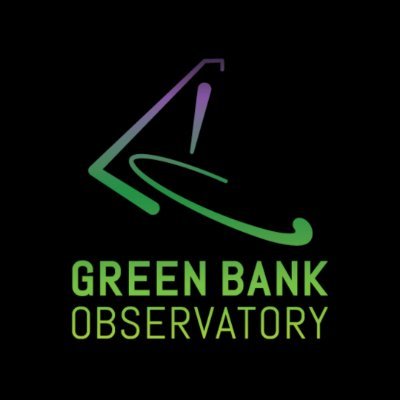 Green Bank Observatory
Green Bank Observatory
@GreenBankObserv -
 AstronomyAustralia
AstronomyAustralia
@AstroAustralia -
 MWA
MWA
@mwatelescope -
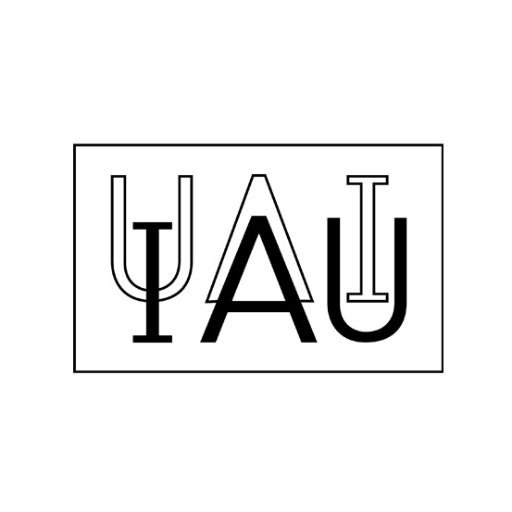 International Astronomical Union (IAU)
International Astronomical Union (IAU)
@IAU_org -
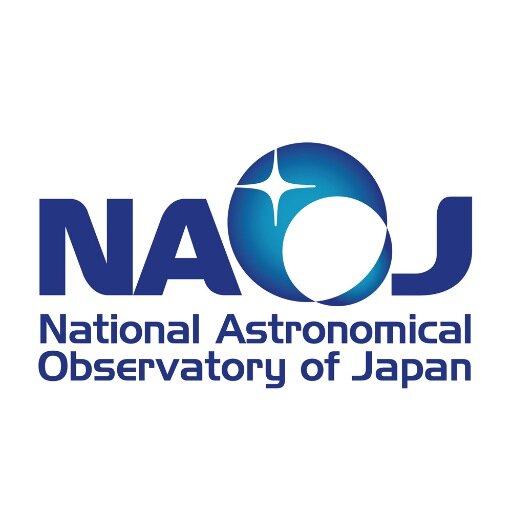 NAOJ
NAOJ
@prcnaoj_en -
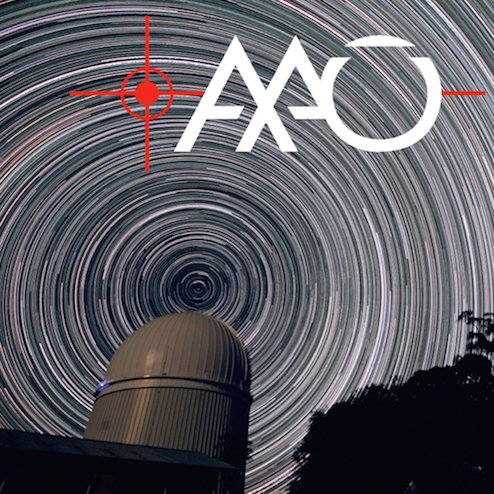 AAO Astronomy
AAO Astronomy
@AAOMacquarie -
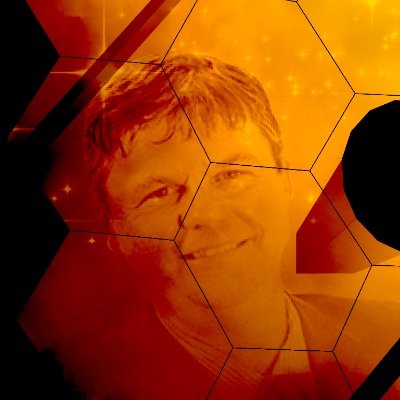 Karl Glazebrook
Karl Glazebrook
@karlglazebrook -
 Dr Tessa Vernstrom
Dr Tessa Vernstrom
@tvern23 -
 NSF-DOE Rubin Observatory
NSF-DOE Rubin Observatory
@VRubinObs -
 Australian Institute of Physics
Australian Institute of Physics
@ausphysics -
 Subaru Telescope Eng
Subaru Telescope Eng
@SubaruTel_Eng -
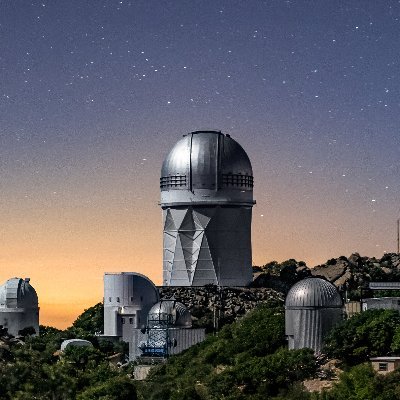 Kitt Peak National Observatory
Kitt Peak National Observatory
@KittPeakNatObs
Something went wrong.
Something went wrong.















